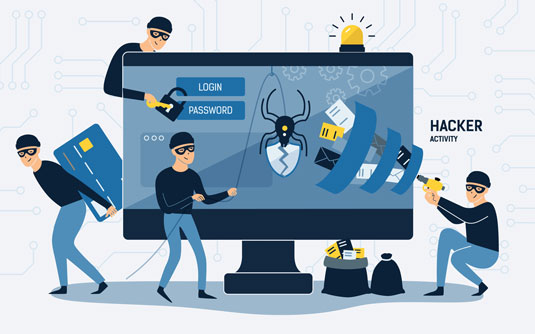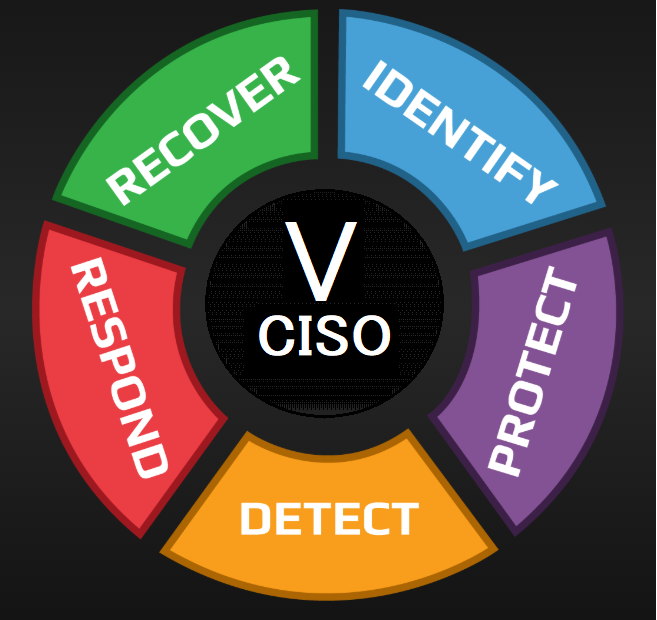
The landscape of ransomware attacks has shifted dramatically, with cybercriminals increasingly using AI to automate, accelerate, and scale their operations. These attacks now target sectors like healthcare, manufacturing, and critical infrastructure, exploiting their reliance on uptime and historical underinvestment in cybersecurity. The rise in ransomware attacks—up 67% in 2023—has expanded attack surfaces, making businesses of all sizes vulnerable. Small to medium enterprises are particularly at risk, as many lack adequate cybersecurity resources
AI, while leveraged by attackers, also offers a robust countermeasure for defenders. It enables organizations to automate detection, flag anomalies in administrative activities, and track malware proliferation through advanced techniques like hash-based monitoring. Generative AI tools, such as copilots, can guide IT teams in assessing vulnerabilities, crafting recovery strategies, and implementing tailored protection policies. These innovations reduce manual errors and enhance rapid response to ransomware incidents
Ransomware tactics are evolving, with a growing focus on data theft over traditional encryption methods. Stolen intellectual property, financial records, or customer data provides leverage in negotiations and inflicts lasting reputational damage on victims. Furthermore, attackers are exploiting dual-use tools like remote access software and file-sharing utilities, which blend into legitimate activity. Detecting such misuse requires behavioral analysis and proactive exposure management rather than traditional signature-based defenses
To mitigate these threats, businesses must adopt comprehensive cyber resilience strategies. These include maintaining a 3-2-1 backup model, integrating AI capabilities for automated responses, and regularly rehearsing recovery plans. Such preparation ensures faster containment and recovery, ultimately reducing the operational and financial impact of ransomware incidents
For further details, access the article here
How CISOs Can Drive the Adoption of Responsible AI Practices
The CISO’s Guide to Securing Artificial Intelligence
AI in Cyber Insurance: Risk Assessments and Coverage Decisions
Hackers will use machine learning to launch attacks
To fight AI-generated malware, focus on cybersecurity fundamentals
4 ways AI is transforming audit, risk and compliance
AI security bubble already springing leaks
Could APIs be the undoing of AI?
The Rise of AI Bots: Understanding Their Impact on Internet Security
How to Address AI Security Risks With ISO 27001
The Little Book on Big Cyber Crime
InfoSec services | InfoSec books | Follow our blog | DISC llc is listed on The vCISO Directory | ISO 27k Chat bot | Comprehensive vCISO Services | ISMS Services | Security Risk Assessment Services
































